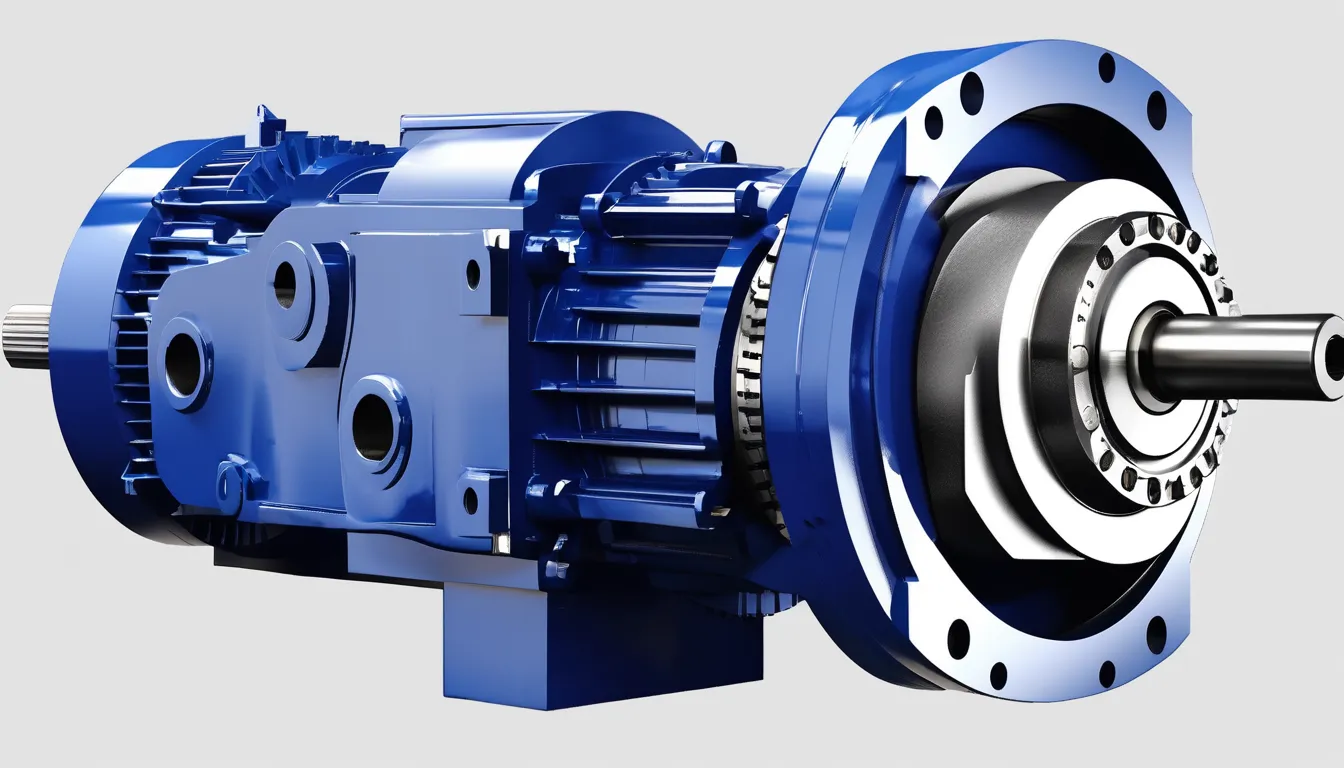When you’re considering the intricacies of gearbox dynamics, it’s crucial to understand how they impact your manufacturing processes. You might find that analyzing torque and vibration levels can reveal underlying issues that, if addressed early, could save you significant costs down the line. By focusing on load distribution and material selection, you can enhance both reliability and efficiency in your designs. But how do these elements come together to optimize performance in real-world applications? The answer might change the way you approach your next project.
Importance of Gearbox Dynamics
Understanding the importance of gearbox dynamics is crucial for manufacturers aiming to optimize performance and efficiency. When you grasp how gearboxes operate under various conditions, you can make informed decisions that enhance product reliability and longevity.
Gearbox dynamics directly affect how power is transmitted through your machinery, influencing everything from torque to speed and vibration levels. By paying close attention to these dynamics, you can identify potential issues before they escalate, reducing costly downtimes and maintenance.
You’ll also be able to fine-tune designs for better load handling, which leads to improved performance and energy efficiency. Moreover, a solid understanding of gearbox dynamics allows you to innovate and stay competitive in a rapidly evolving market.
Additionally, being proactive about gearbox performance can help you meet regulatory and industry standards more effectively. This not only protects your brand but also builds trust with your clients.
In essence, prioritizing gearbox dynamics isn’t just about immediate gains; it’s about creating a foundation for sustainable growth and success in manufacturing. By focusing on this aspect, you ensure that your products deliver the best possible performance while minimizing operational risks.
Key Principles of Load Distribution
Load distribution plays a vital role in ensuring the efficiency and longevity of gearboxes. When you understand how loads are shared among the various components, you can optimize performance and reduce wear.
Here are some key principles you should consider:
- Uniform Load Sharing: Ensure that loads are distributed evenly across gears to minimize localized stress.
- Material Selection: Choose materials that can withstand the specific loads and environmental conditions your gearbox will face.
- Gear Alignment: Proper alignment of gears is crucial for even load distribution and to prevent premature failure.
- Lubrication: Adequate lubrication helps in reducing friction, which in turn ensures smoother load distribution among the gears.
Vibration Analysis Techniques
Vibration analysis techniques are essential for diagnosing the health of gearboxes and can significantly enhance operational reliability. By monitoring vibrations, you can detect issues such as misalignment, bearing wear, and gear damage before they escalate into costly failures.
You’ll want to start by selecting the right sensors, typically accelerometers or velocity transducers, to capture vibration data effectively. Once you’ve set up your measurement system, collect data during normal operating conditions to establish a baseline. This baseline helps you identify deviations that may indicate problems.
Next, analyze the frequency spectrum of the vibration data. Look for specific frequency patterns that correlate with gearbox faults. For instance, a spike at the tooth mesh frequency might point to gear tooth damage, while increased harmonics could suggest bearing issues.
Material Selection for Gearboxes
Selecting the right materials for gearboxes plays a significant role in their performance and longevity. Choosing the appropriate materials can help reduce wear, enhance strength, and improve overall efficiency.
Here are some key factors to consider when making your selection:
- Wear Resistance: Materials that can withstand friction and abrasion will extend the lifespan of your gearboxes.
- Strength-to-Weight Ratio: Lightweight materials can improve efficiency without sacrificing strength, aiding in performance.
- Corrosion Resistance: Materials that resist rust and corrosion are vital for gearboxes exposed to harsh environments.
- Cost-Effectiveness: Balancing performance with budget constraints is essential, so consider the long-term benefits of your material choices.
Enhancing Design for Reliability
When it comes to gearboxes, a well-thought-out design is crucial for ensuring reliability under various operating conditions. You need to consider factors like load capacity, temperature fluctuations, and vibration levels. By selecting the right gear ratios and tooth profiles, you can enhance performance and minimize wear over time.
Incorporating advanced computational methods, like finite element analysis, helps identify stress points in your design. This allows you to make adjustments early in the process, reducing the risk of failure later on. Additionally, using standardized components can simplify maintenance and improve the interchangeability of parts, which is vital for long-term reliability.
Don’t overlook the importance of lubrication systems either. Properly designing the lubrication pathways can ensure consistent oil distribution, reducing friction and heat build-up.
Lastly, testing prototypes under real-world conditions can reveal potential flaws in your design. By gathering data from these tests, you can make informed adjustments before full-scale production.
Ultimately, focusing on these elements will help you create gearboxes that not only meet performance standards but also stand the test of time.
Conclusion
In conclusion, grasping industrial gearbox manufacturer dynamics is crucial for optimizing your products’ performance and efficiency. By focusing on load distribution, utilizing vibration analysis, and selecting the right materials, you can enhance reliability and compliance with standards. Fine-tuning your designs not only boosts operational performance but also helps you catch potential issues early, reducing costly downtimes. Embrace these insights to ensure your gearboxes meet the demands of the market while delivering exceptional longevity and reliability.





